Hydrangea: Perennial or Annual?
Hydrangeas are perennial plants, meaning they come back year after year. These flowering plants are known for their stunning, large blooms in various colors, such as pink, blue, purple, and white.
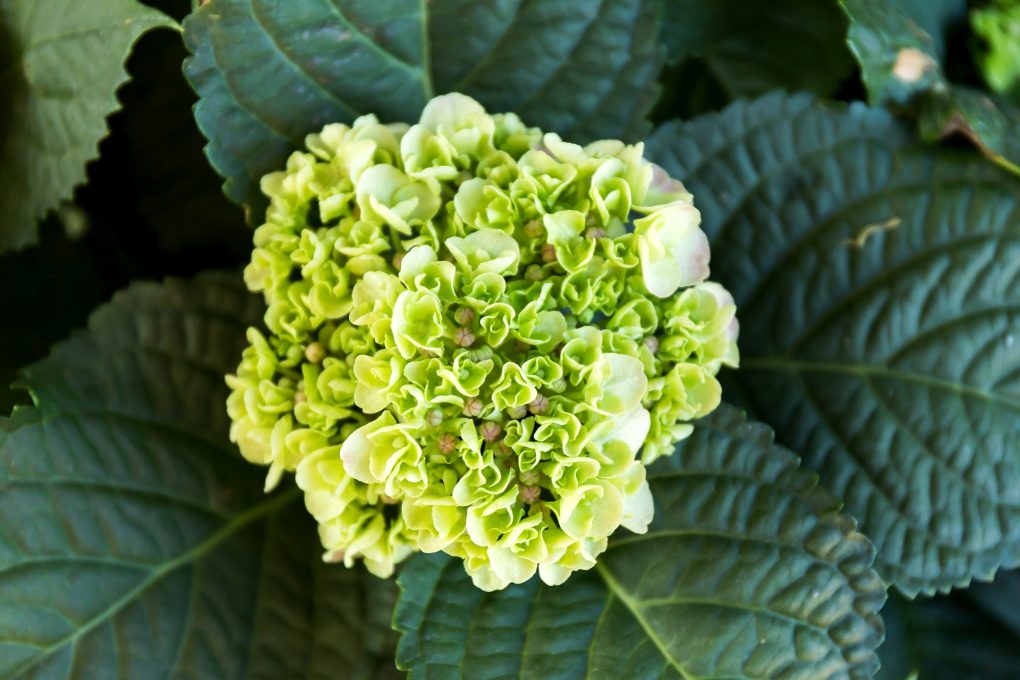
The perennial nature of hydrangeas allows them to grow and flourish over multiple seasons. They usually begin blooming in late spring or early summer, with the showy flowers lasting well into the fall. These plants have woody stems that survive the winter, leading to new growth and more blooms during the next growing season.
Table of Contents
Hydrangea Basics
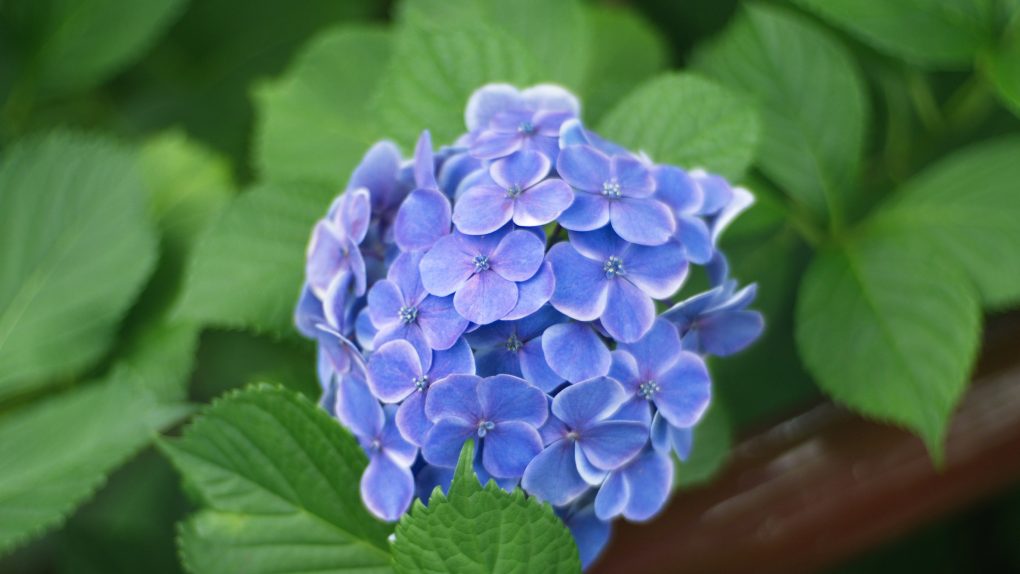
Overview of Hydrangeas
Hydrangeas are a popular ornamental plant known for their stunning blooms and lush foliage. They belong to the Hydrangeaceae family and are native to Asia and the Americas. There are over 70 species of hydrangeas, but the most commonly grown types are Hydrangea macrophylla, H. paniculata, H. quercifolia, and H. arborescens.
Hydrangeas are versatile plants that can thrive in various conditions, depending on the species. They can grow as shrubs or climbers and be pruned to maintain their shape and size. Hydrangeas prefer well-draining soil and partial shade, but some species can tolerate full sun.
Annual vs. Perennial Plants
Hydrangeas are perennial plants, meaning they come back year after year. However, some hydrangeas may be sold as annuals or biennials, depending on how they were grown and their natural life cycle. Annual hydrangeas will only live for one season, while biennial hydrangeas will live for two seasons before dying off.
Choosing the right hydrangea for your garden and climate is important to ensure it will thrive and come back year after year. If you’re unsure which type of hydrangea to choose, consult with a local nursery or gardening expert.
Perennial Hydrangeas
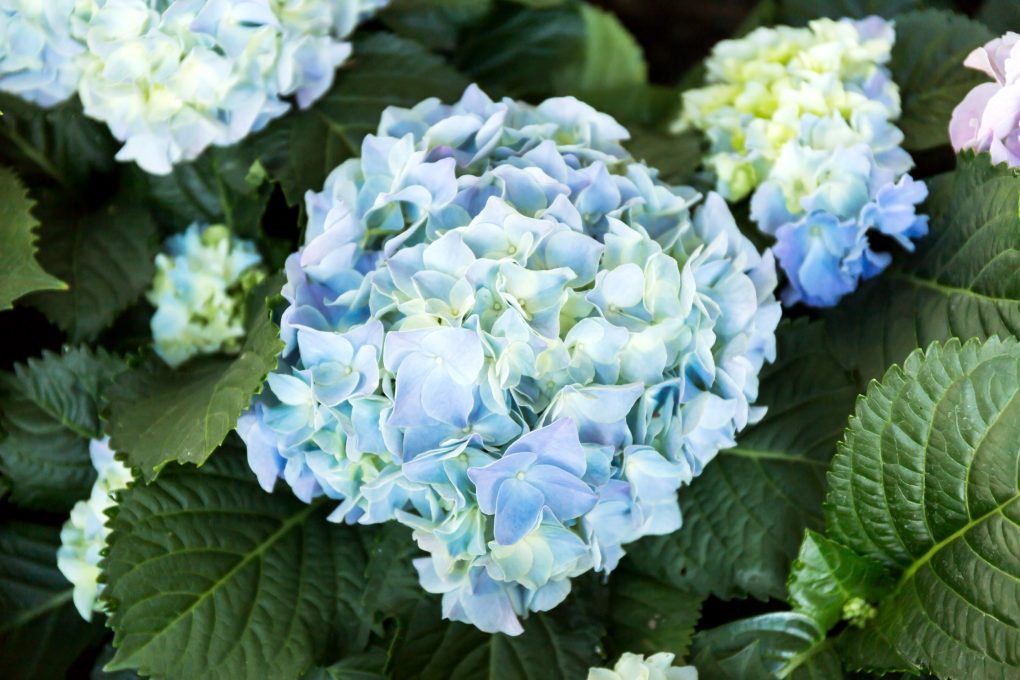
Hydrangeas are popular ornamental shrubs that come in various colors and shapes. Perennial hydrangeas are a great choice for those who want a long-lasting plant that will return year after year. Here are some important things to know about perennial hydrangeas.
Types of Perennial Hydrangeas
Several types of hydrangeas are considered perennials. These include:
- Bigleaf Hydrangeas: These are the most common type of hydrangea known for their large, colorful blooms, and are hardy in USDA zones 6-9.
- Panicled Hydrangeas: These hydrangeas have cone-shaped flower clusters that bloom in the summer, and are hardy in USDA zones 3-8.
- Smooth Hydrangeas: These hydrangeas have large, round flower heads that bloom in the summer, and are hardy in USDA zones 4-9.
Growing Perennial Hydrangeas
When planting perennial hydrangeas, choosing a location with well-draining soil and partial shade is important. Hydrangeas prefer moist soil, but do not like to be waterlogged. They can be planted in the spring or fall.
For successful planting of hydrangea, dig a hole that is twice the width of the root ball and as deep. To help the soil retain moisture, mix in some compost or other organic matter. After planting, water the hydrangea thoroughly and put a layer of mulch around the base to help preserve moisture.
Caring for Perennial Hydrangeas
Perennial hydrangeas require regular watering, especially during hot, dry weather. They should be watered deeply once a week, rather than shallowly several times a week. Fertilize the hydrangeas in the spring with a slow-release fertilizer.
Pruning is also important for perennial hydrangeas. Bigleaf and smooth hydrangeas should be pruned immediately after they finish blooming. Panicled hydrangeas can be pruned in the fall or winter.
Overall, perennial hydrangeas are a low-maintenance plant that can provide beautiful blooms year after year. They can be a great addition to any garden with proper care and attention.
Annual Hydrangeas
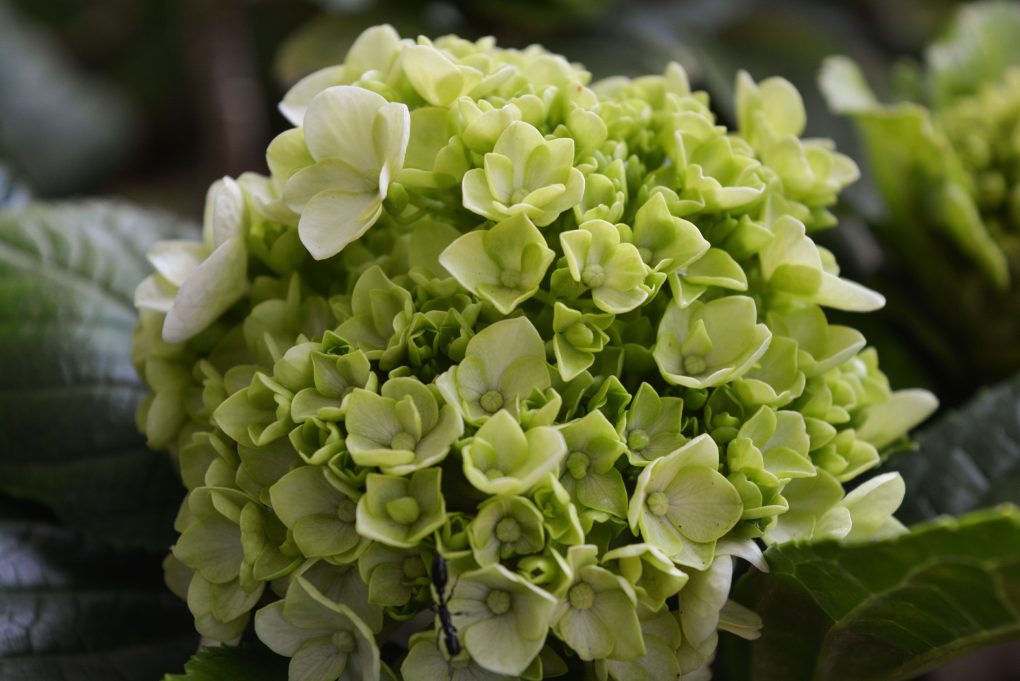
Types of Annual Hydrangeas
While hydrangeas are typically perennials, a few varieties can be treated as annuals. One of the most popular annual hydrangeas is the Endless Summer series. These hydrangeas bloom on both old and new wood, which means they will continue to produce flowers throughout the growing season. Other popular annual hydrangeas include:
| Type | Description |
| Cityline Paris | A compact hydrangea with bright pink flowers |
| Let’s Dance Rhythmic Blue | A lace-cap hydrangea with blue flowers |
| Mini Penny | A dwarf hydrangea with pink flowers |
Growing Annual Hydrangeas
Annual hydrangeas can be grown in containers or on the ground. They prefer well-draining soil and partial shade but can tolerate full sun in cooler climates. When planting in containers, choose a pot at least 16 inches in diameter to allow room for the roots to grow.
Annual hydrangeas should be fertilized regularly throughout the growing season to encourage healthy growth and blooming. Use a fertilizer specifically formulated for hydrangeas, and follow the instructions on the package.
Caring for Annual Hydrangeas
Annual hydrangeas require regular watering, especially during hot and dry weather. Be sure to water deeply, allowing the soil to soak up the water, but avoid overwatering as this can lead to root rot. Mulching around the base of the plant can help retain moisture and regulate soil temperature.
Pruning is unnecessary for annual hydrangeas, but you can deadhead spent blooms to encourage new growth and blooming. In colder climates, annual hydrangeas can be treated as perennials by bringing them indoors during winter.
Conclusion
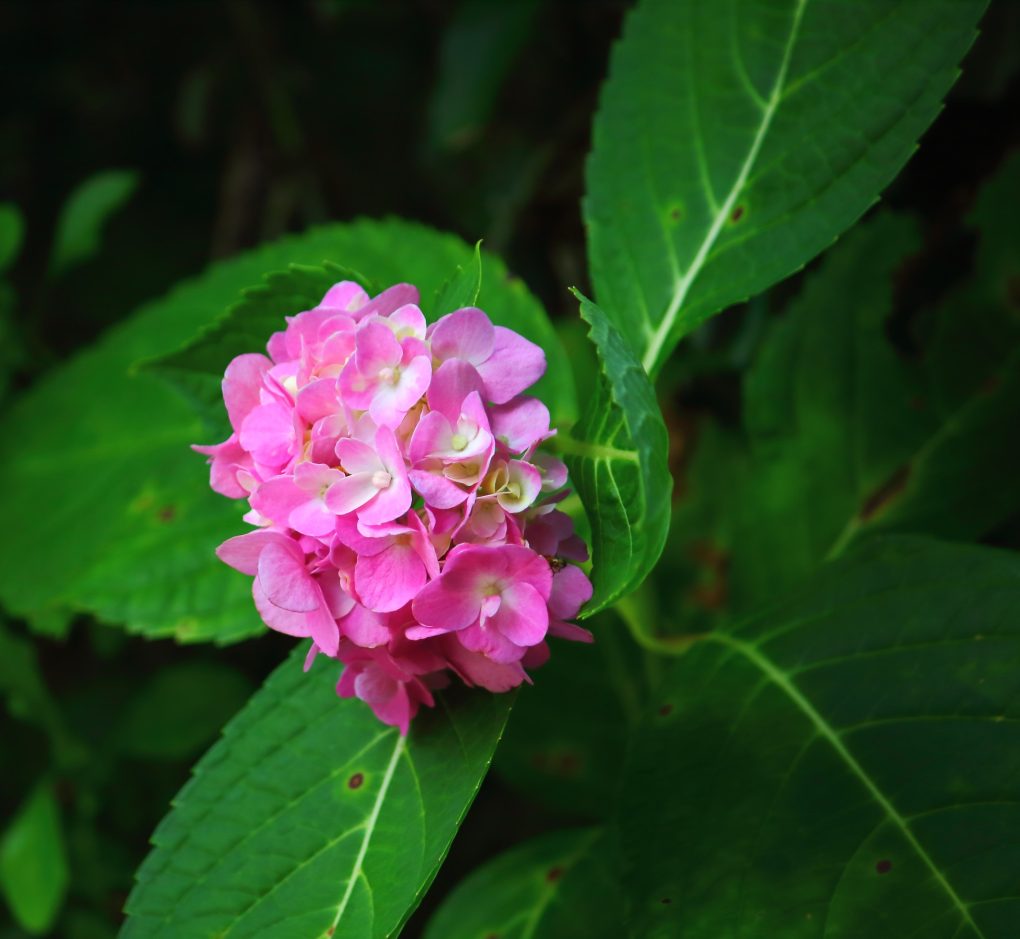
Hydrangeas are beautiful and popular flowering plants that can add color and texture to any garden or landscape. Whether hydrangeas are annual or perennial plants has been debated for many gardeners and horticulturists. After researching and analyzing the information, it can be concluded that hydrangeas are primarily perennial plants.
While some varieties of hydrangeas are considered annuals, most hydrangeas are long-lived perennials that can bring beauty and joy to your garden year after year. Hydrangeas can thrive and produce abundant blooms throughout the summer with proper care and maintenance.
It’s important to note that the specific type of hydrangea and the climate in which it is grown can affect its lifespan and growth habits. Some hydrangeas may require more care and attention than others, and may not thrive in certain environments. Therefore, it’s always best to research and consult with a knowledgeable gardener or horticulturist before planting hydrangeas in your garden.
Overall, hydrangeas are a wonderful addition to any garden or landscape. They are versatile, hardy, and can provide years of beauty and enjoyment. By understanding their growth habits and needs, you can help ensure your hydrangeas thrive and flourish for many seasons.
